Home>Furniture>Outdoor Furniture>How To Repair Rusted Patio Furniture
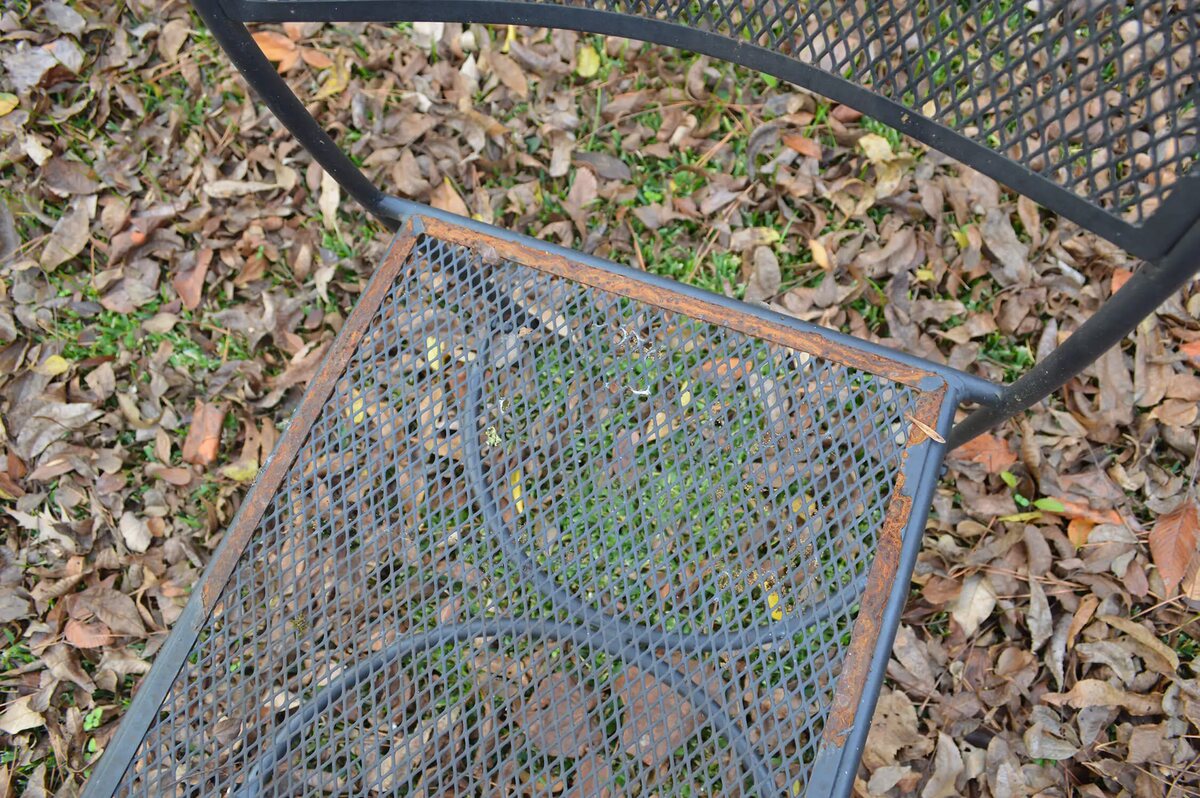

Outdoor Furniture
How To Repair Rusted Patio Furniture
Modified: August 28, 2024
Learn effective ways to repair your rusted outdoor furniture and bring them back to life. Restore the beauty of your patio with simple techniques and tips.
(Many of the links in this article redirect to a specific reviewed product. Your purchase of these products through affiliate links helps to generate commission for Storables.com, at no extra cost. Learn more)
Introduction
Outdoor furniture is a popular addition to any patio or backyard, providing a comfortable and stylish space for relaxation and entertainment. However, over time, exposure to the elements can cause rust to develop on your beloved patio furniture. Rust not only detracts from the appearance of your furniture but can also weaken its structure, making it less durable. Fortunately, with a little know-how and some basic tools, you can easily repair and restore rusted patio furniture, extending its life and ensuring it remains a focal point of your outdoor space.
In this article, we will guide you through the process of repairing rusted patio furniture, from understanding the nature of rust and the tools you’ll need, to cleaning, treating, and refinishing the furniture. We’ll also provide tips on how to properly maintain your furniture to prevent rust from recurring in the future.
Understanding the nature of rust is essential to effectively tackling the repair process. Rust is the result of a chemical reaction between iron, oxygen, and moisture, commonly known as oxidation. When iron comes into contact with water or humid air, it undergoes oxidation, forming iron oxide, more commonly known as rust. This process is accelerated in outdoor conditions, especially in areas with high humidity or frequent rain.
Now that you have a basic understanding of rust, let’s dive into the tools and materials you’ll need to repair your rusted patio furniture. These items will vary depending on the severity of the rust and the type of furniture you have. Gather the following tools before you begin the repair process:
- Wire brush or steel wool
- Rust converter or chemical rust remover
- Sandpaper or sanding block (medium and fine grit)
- Primer (specifically formulated for metal surfaces)
- Paint (outdoor-grade paint suitable for metal)
- Paintbrush or paint sprayer
- Drop cloth or tarp
- Protective gloves and eyewear
- Appropriate cleaning supplies (soap, water, etc.)
Key Takeaways:
- Don’t let rust ruin your outdoor furniture! Understanding and tackling rust with the right tools and techniques can restore your patio pieces, making them look great and last longer.
- After repairing rust, maintain your furniture by regular cleaning, touch-ups, and protective coatings. With proper care, your patio furniture will stay rust-free and beautiful for years to come.
Read more: How To Fix Rusted Patio Furniture
Understanding Rust on Patio Furniture
Rust is a common enemy of outdoor furniture, especially metal and iron pieces. When exposed to moisture and oxygen, metal surfaces can undergo a chemical reaction known as oxidation, resulting in rust formation. Understanding how rust develops and progresses is crucial in effectively repairing and preventing it.
Most patio furniture is made of metal, which is susceptible to rusting. Even furniture that is labeled as “rust-resistant” or “weatherproof” may still develop rust over time if not properly maintained. The presence of moisture, whether from rain, sprinklers, or even morning dew, can start the rusting process.
Rust typically begins as small patches or spots that appear on the surface of the metal. These areas may initially be barely noticeable, but if left untreated, they can grow larger and more visible, affecting the overall appearance and integrity of the furniture. It’s important to identify and address rust as soon as possible to prevent it from spreading and causing further damage.
The development of rust is influenced by various factors, including:
- Moisture: As mentioned earlier, water or high humidity levels are catalysts for rust formation. Outdoor furniture is constantly exposed to the elements, making it vulnerable to moisture buildup.
- Oxygen: The presence of oxygen is necessary for the oxidation process that leads to rust. The natural airflow in outdoor environments provides an ample supply of oxygen.
- Time: Rust doesn’t happen overnight. It is a gradual process that can take weeks, months, or even years. The longer the furniture is exposed to moisture and oxygen, the more time rust has to develop and spread.
- Quality of the Metal: The composition and quality of the metal used in patio furniture can affect its rust resistance. Higher-quality metals and proper coatings are more resistant to rusting.
It’s important to note that not all rust is the same. There are two main types of rust that can affect patio furniture:
- Surface Rust: This type of rust is superficial and only affects the outer layer of the metal. It appears as reddish-brown stains or spots on the surface. Surface rust can often be treated and repaired with relative ease.
- Deep Rust: Deep rust occurs when the oxidation process penetrates deeper into the metal, compromising its structural integrity. It may result in pitting, corroded areas, or even holes. Repairing deep rust requires more extensive work and may involve sanding, filling, and painting.
Now that you have a better understanding of rust and how it forms on patio furniture, you can begin preparing to repair and restore your rusted pieces. In the next section of this article, we’ll explore the tools and materials you’ll need for the repair process.
Tools and Materials Needed
Before you embark on repairing your rusted patio furniture, it’s important to gather the necessary tools and materials. Having the right equipment will make the process smoother and more efficient. The specific tools and materials you’ll need may vary depending on the severity of the rust and the type of furniture you have, but here are the essentials:
- Wire brush or steel wool: These tools are crucial for removing loose flakes of rust and surface oxidation. They can also help to roughen the surface for better paint adhesion.
- Rust converter or chemical rust remover: If the rust is more advanced or deep-seated, you may need a rust converter or chemical rust remover. These products chemically react with the rust, converting it into a more stable compound or dissolving it. Follow the manufacturer’s instructions for proper usage.
- Sandpaper or sanding block (medium and fine grit): Sandpaper or a sanding block will be needed to smoothen the surface of the furniture after rust removal. Start with a medium-grit sandpaper to remove any remaining rust or rough patches, then switch to a fine-grit sandpaper for a smoother finish.
- Primer (specifically formulated for metal surfaces): A high-quality metal primer is essential for creating a smooth and long-lasting finish. Make sure to choose a primer that is designed specifically for use on metal surfaces to ensure proper adhesion and rust protection.
- Paint (outdoor-grade paint suitable for metal): Select a high-quality outdoor-grade paint that is suitable for metal surfaces. Look for paints that offer rust protection and are formulated to withstand the elements. Choose a color that complements your outdoor space and personal style.
- Paintbrush or paint sprayer: Depending on your preference and the type of furniture you have, you can use either a paintbrush or a paint sprayer to apply the paint. A paint sprayer can provide a more even and efficient application, especially for larger pieces.
- Drop cloth or tarp: To protect your workspace and the surrounding area from paint splatters or drips, lay down a drop cloth or tarp before starting the painting process.
- Protective gloves and eyewear: It’s important to prioritize safety while working with chemicals, paint, and tools. Wear protective gloves and eyewear to protect your skin and eyes from potential hazards.
- Appropriate cleaning supplies: Depending on the condition of your furniture, you may need soap, water, and a scrub brush or sponge to clean off dirt, debris, and any residual rust.
Gathering these tools and materials in advance will ensure that you have everything you need to successfully repair your rusted patio furniture. With these essential items on hand, you’ll be ready to tackle the cleaning, rust removal, and painting process in the subsequent steps.
Cleaning the Rusted Patio Furniture
Before you begin the rust repair process on your patio furniture, it’s essential to start with a clean surface. Cleaning the furniture will remove dirt, debris, and loose flakes of rust, allowing for better adhesion of the repair products and paint. Here’s a step-by-step guide on how to clean your rusted patio furniture:
- Prepare your workspace: Start by choosing a well-ventilated area, preferably outdoors, where you can work on your furniture. Lay down a drop cloth or tarp to protect the floor or ground.
- Remove any loose debris: Use a soft brush or cloth to remove any loose dirt, leaves, or other debris from the furniture’s surface. This will make the cleaning process more effective.
- Mix a cleaning solution: Fill a bucket or container with warm water and add a mild dish soap or gentle cleaner. Avoid using harsh chemicals, as they may damage the furniture’s finish or paint.
- Dip a sponge or soft brush into the cleaning solution: Wet the sponge or brush in the soapy water and gently scrub the entire surface of the furniture. Pay close attention to areas with visible rust, as well as any nooks and crannies where dirt may have accumulated.
- Rinse with clean water: Once you’ve thoroughly cleaned the furniture, rinse it off with clean water. This will remove any remaining soap residue and prep the surface for rust removal.
- Dry the furniture: Allow the furniture to air dry completely. Avoid using a heat source or direct sunlight to speed up the drying process, as this may cause uneven drying or damage to the furniture.
By cleaning your rusted patio furniture, you’re not only creating a clean canvas for the repair process but also removing any contaminants that could interfere with the adhesion of the rust converter, primer, and paint. Once your furniture is clean and dry, you can move on to the next step: removing the surface rust.
Removing Surface Rust
With your patio furniture cleaned and dry, it’s time to tackle the surface rust. Surface rust is the early stage of rust formation and can often be easily removed with the right tools and techniques. Here’s a step-by-step guide on how to remove surface rust from your patio furniture:
- Inspect the furniture: Take a close look at the furniture’s surface and identify areas with surface rust. These may appear as reddish-brown spots or stains.
- Choose your tool: Depending on the size and severity of the surface rust, you can use a wire brush, steel wool, or sandpaper. For minor surface rust, steel wool or a fine-grit sandpaper can be effective. For more stubborn rust, a wire brush may be necessary.
- Gently scrub the affected areas: Using your chosen tool, gently scrub the surface rust in a back-and-forth or circular motion. Apply light pressure to avoid scratching or damaging the furniture. Continue until you’ve removed as much rust as possible.
- Wipe away loose rust: As you remove the rust, periodically wipe away any loose flakes with a clean cloth or rag. This will help prevent the rust from spreading to other areas as you continue the repair process.
- Assess the condition: After removing the surface rust, assess the condition of the furniture. If there are still areas with rust remaining, you may need to repeat the scrubbing process or move on to a chemical rust remover for more stubborn spots.
- Follow manufacturer’s instructions for chemical rust remover: If necessary, apply a chemical rust remover to the remaining rust spots. Follow the instructions provided by the manufacturer, as different products may have different application methods and recommended contact times.
- Rinse and dry the furniture: Once you’ve removed all the surface rust, rinse the furniture with clean water to remove any debris or residue from the rust remover. Thoroughly dry the furniture, ensuring no moisture remains on the surface.
Removing surface rust will significantly improve the appearance of your patio furniture. By eliminating the early signs of rust, you’re preventing it from spreading and causing further damage. However, for deeper or more extensive rust, additional steps may be needed. In the next section, we’ll discuss how to treat deep rust on your patio furniture.
Read more: How To Clean Rust Off Patio Furniture
Treating Deep Rust
If your patio furniture has deep rust that has penetrated the surface, it’s important to take extra steps to treat and repair these areas. Deep rust can weaken the structure of the furniture and compromise its durability. Here’s a step-by-step guide on how to treat deep rust on your patio furniture:
- Inspect the furniture: Examine the furniture closely to identify areas with deep rust. These may appear as pitted or corroded spots, or even holes in extreme cases.
- Prepare the affected areas: Use a wire brush or sandpaper to remove loose flakes of rust and roughen the surface around the affected areas. This will provide a better surface for the subsequent treatment and filling.
- Apply a rust converter: Rust converters are chemical solutions that react with rust, converting it into a more stable compound. Follow the instructions provided by the manufacturer for proper application. Typically, you’ll need to apply the rust converter using a brush or sprayer and allow it to dry completely.
- Fill the deep rust pits or holes: For areas with pitting or holes, you’ll need to fill them to restore the smoothness and structural integrity of the furniture. Use a suitable filler, such as an epoxy-based metal filler or auto body filler. Follow the manufacturer’s instructions for preparation and application. Once the filler is dry, sand it smooth to match the surrounding surface.
- Inspect and touch up: After treating the deep rust, inspect the affected areas to ensure they are properly repaired. If needed, apply more filler or rust converter until the surface is smooth and even.
- Clean and prepare for painting: Clean the entire furniture surface, including the treated areas, to remove any dust or debris. Use a wet cloth or sponge and thoroughly dry the furniture. Ensure that the surface is smooth and ready for paint application.
Treating deep rust requires patience and careful attention to detail. By following these steps, you can effectively restore the integrity of your patio furniture and prevent further rust development. Once you have treated the deep rust, the next step is to prepare the furniture for painting. We’ll cover the process of sanding and applying primer in the following sections.
To repair rusted patio furniture, start by removing the rust with a wire brush or sandpaper. Then, apply a rust-inhibiting primer and a rust-resistant paint to protect the metal from future corrosion.
Sanding the Furniture
Sanding is an essential step in the process of repairing rusted patio furniture. It helps to smooth out any rough patches, remove remaining rust, and create a surface that is ready for paint adhesion. Here’s a step-by-step guide on how to sand your patio furniture:
- Gather the necessary sanding materials: Depending on the size and condition of your furniture, you’ll need medium and fine grit sandpaper or sanding blocks. For larger pieces, consider using an electric sander for more efficient sanding.
- Start with the medium grit sandpaper: Begin by using the medium grit sandpaper to sand the entire surface of the furniture. This helps to remove any remaining rust, smooth out rough areas, and prepare the surface for the finer sanding stage.
- Move in a back-and-forth or circular motion: When sanding, apply light to moderate pressure and move the sandpaper in a back-and-forth or circular motion. This ensures even sanding and prevents any unevenness or grooves in the surface.
- Focus on the rusted areas: Pay extra attention to the areas with previous rust spots or deeper rust. Use the sandpaper to smooth out these areas, ensuring they are thoroughly sanded and blended with the rest of the surface.
- Switch to fine grit sandpaper: Once you have completed the initial sanding with the medium grit sandpaper, switch to the finer grit sandpaper. This helps to further smoothen the surface and remove any remaining roughness or imperfections.
- Sand in a consistent direction: When using the fine grit sandpaper, sand in the same direction as the grain of the furniture, if applicable. This helps to create a more uniform appearance and minimizes visible sanding marks.
- Remove sanding dust: After sanding, wipe down the furniture with a clean cloth or use a brush to remove any sanding dust and debris. This ensures a clean surface for the next step of the repair process.
Remember to take your time and be thorough when sanding your patio furniture. The goal is to create a smooth and even surface that is ready for the next steps of priming and painting. Once the furniture is properly sanded, you can move on to applying the primer, which will provide protection and help the paint adhere to the surface effectively.
Applying Primer
Priming your patio furniture is a crucial step in the rust repair process. Primer creates a smooth and stable base for the paint, improves paint adhesion, and provides an additional layer of protection against future rust formation. Here’s a step-by-step guide on how to apply primer to your patio furniture:
- Choose the right primer: Select a high-quality primer specifically formulated for metal surfaces. Look for a primer that offers rust protection and adheres well to the type of paint you’ll be using.
- Prepare your workspace: Set up a well-ventilated area, preferably outdoors, and protect the surrounding surfaces with a drop cloth or tarp.
- Ensure the furniture is clean and dry: Make sure the furniture is free from dust, debris, and any moisture before applying primer. Wipe down the surface with a clean cloth or brush to remove any lingering particles.
- Stir the primer: Before applying the primer, gently stir it with a stir stick or paint mixer to ensure it is thoroughly mixed and consistent in texture.
- Apply the primer: Using a paintbrush or a paint sprayer, evenly apply a thin coat of primer to the entire surface of the furniture. Work in small sections, applying smooth, even strokes. Take care to cover all areas, including corners, crevices, and hard-to-reach spots.
- Allow the primer to dry: Follow the manufacturer’s instructions for the recommended drying time. Typically, it may take anywhere from one to several hours for the primer to dry completely. Ensure the furniture is in a well-ventilated area during the drying process.
- Sand the primed surface (optional): After the primer has dried, you can lightly sand the surface with fine-grit sandpaper to achieve an even smoother finish. This step helps to remove any imperfections and creates a better surface for the paint to adhere to.
- Remove sanding dust: Once you’re satisfied with the primed surface, wipe away any sanding dust with a clean cloth or brush before proceeding to the next step.
By applying primer to your patio furniture, you’re creating a strong foundation for the paint and providing an additional layer of protection against rust. The primer improves the durability and longevity of your furniture, ensuring it can withstand the outdoor elements. With the primer applied, you’re now ready to move on to the exciting final step: painting your newly repaired patio furniture.
Painting the Furniture
Painting your patio furniture is the final step in the rust repair process. Choosing the right paint and applying it properly will not only enhance the appearance of your furniture but also provide long-lasting protection against rust and other weather-related damage. Follow these steps to paint your patio furniture:
- Select the paint: Choose outdoor-grade paint specifically formulated for use on metal surfaces. Look for a paint that offers durability, fade resistance, and rust protection. Consider the color and finish that best complements your outdoor space.
- Prepare your workspace: Set up an area with good ventilation and cover the surrounding surfaces with a drop cloth or tarp to protect them from paint splatters.
- Ensure the furniture is clean and dry: Make sure the furniture is free from dust, debris, and moisture before applying the paint. Use a clean cloth or brush to wipe down the surface to remove any remaining particles.
- Stir the paint: Gently stir the paint with a stir stick or paint mixer to ensure it is well-mixed and consistent in texture.
- Apply the paint: Using a paintbrush or a paint sprayer, apply a thin and even coat of paint to the furniture. Start from the top and work your way down, using smooth, overlapping strokes. Take care to cover all areas, including corners and crevices.
- Allow the paint to dry: Follow the paint manufacturer’s instructions for the recommended drying time between coats. Typically, it may take several hours for the paint to dry to the touch.
- Apply additional coats: If necessary, apply additional coats of paint, allowing each coat to dry before applying the next. This will ensure optimal coverage and a more durable finish.
- Inspect and touch up: Once the paint has fully dried, inspect the furniture for any missed spots or areas that need touch-ups. Use a small brush or foam brush to carefully fill in these spots with paint.
- Allow the paint to cure: After all touch-ups are done, allow the paint to fully cure according to the paint manufacturer’s instructions. This usually takes a few days, during which time it’s best to avoid excessive use or exposure to harsh weather conditions.
By painting your patio furniture, you not only restore its appearance but also provide a protective barrier against rust. The paint adds a layer of durability and weather resistance, ensuring your furniture stays looking great for years to come. With the painting complete, it’s important to maintain your newly painted furniture to prevent rust from reoccurring.
Read more: How To Keep Patio Furniture From Rusting
Maintaining the Furniture to Prevent Rust
After putting in the effort to repair and restore your patio furniture, it’s important to implement a regular maintenance routine to prevent rust from reoccurring. By following these maintenance tips, you can prolong the lifespan of your furniture and keep it looking beautiful for years:
- Clean regularly: Regularly clean your furniture to remove dirt, debris, and potential sources of moisture. Use a mild soap and water solution to gently clean the surface, and avoid using abrasive cleaners or tools that could damage the paint or protective coating.
- Protect from the elements: Whenever possible, protect your furniture from harsh weather conditions by using covers or storing it indoors during inclement weather. This helps to prevent prolonged exposure to rain, snow, and extreme temperatures, which can accelerate rust formation.
- Inspect for damage: Regularly inspect your furniture for any signs of damage or wear, such as scratched or chipped paint, loose joints, or developing rust spots. Promptly address any issues to prevent them from worsening and causing further damage.
- Touch up paint as needed: Keep an eye out for any areas where the paint may have chipped or worn away. Touch up these spots with matching paint to maintain a consistent and protective finish.
- Avoid abrasive materials: When cleaning or maintaining your furniture, avoid using abrasive materials or tools that could scratch the surface or strip away the protective coating. Stick to soft cloths, sponges, or brushes specifically designed for use on delicate surfaces.
- Apply a protective coating: Consider applying a protective coating, such as a clear sealant or marine-grade varnish, to provide an additional layer of protection against moisture and rust. Check the manufacturer’s recommendations and instructions for proper application.
- Address rust promptly: At the first signs of rust development, address it promptly to prevent it from spreading. Use the appropriate tools and techniques to remove the rust, apply a rust converter if necessary, and touch up the affected area with paint.
- Store wisely during off-seasons: If you live in an area with harsh winters or extended periods of inclement weather, consider storing your furniture indoors during the off-season. This helps to protect it from the elements and prolong its lifespan.
By implementing these maintenance practices, you can ensure that your patio furniture remains rust-free and in excellent condition for many years. Regular upkeep and proactive care will help preserve the beauty and functionality of your furniture, allowing you to enjoy your outdoor space to the fullest.
Conclusion
Repairing rusted patio furniture is a rewarding and essential task to keep your outdoor space looking beautiful and functional. By understanding the nature of rust and following the right steps, you can successfully restore your furniture and prevent future rust formation.
Throughout this article, we’ve walked you through the process of repairing rusted patio furniture, from understanding the nature of rust and gathering the necessary tools, to cleaning, treating, and refinishing the furniture. We’ve also provided valuable tips on how to maintain your furniture to prevent rust from returning.
Remember to start by cleaning your furniture thoroughly and identifying any surface or deep rust. Remove surface rust using tools like wire brushes or sandpaper, and treat deep rust with rust converters and fillers. Sanding the furniture ensures a smooth surface for the application of primer, which provides an excellent base for the paint. Finally, painting your furniture with high-quality, outdoor-grade paint helps protect it from rust and enhances its visual appeal.
Following the repair process, make sure to establish a maintenance routine that includes regular cleaning, proper storage during harsh weather, touch-ups for any damaged areas, and prompt attention to any emerging rust spots. By staying proactive and taking care of your furniture, you’ll enjoy its beauty and functionality for years to come.
Now armed with the knowledge and tools to repair rusted patio furniture, it’s time to revive your outdoor space and create an inviting area where you can relax and entertain. Get started on your restoration project, and enjoy the beauty and durability of your newly repaired patio furniture.
Frequently Asked Questions about How To Repair Rusted Patio Furniture
Was this page helpful?
At Storables.com, we guarantee accurate and reliable information. Our content, validated by Expert Board Contributors, is crafted following stringent Editorial Policies. We're committed to providing you with well-researched, expert-backed insights for all your informational needs.
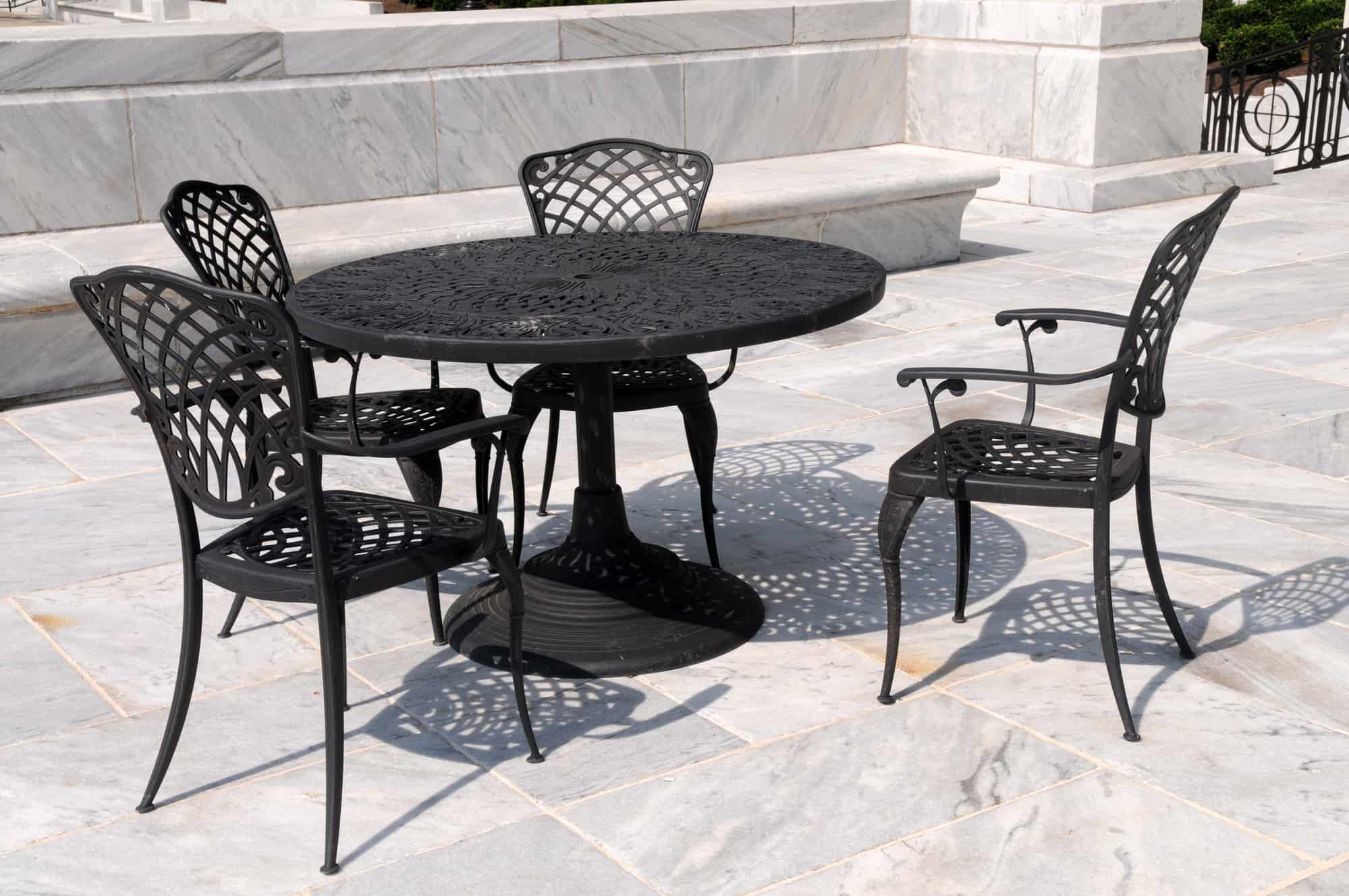

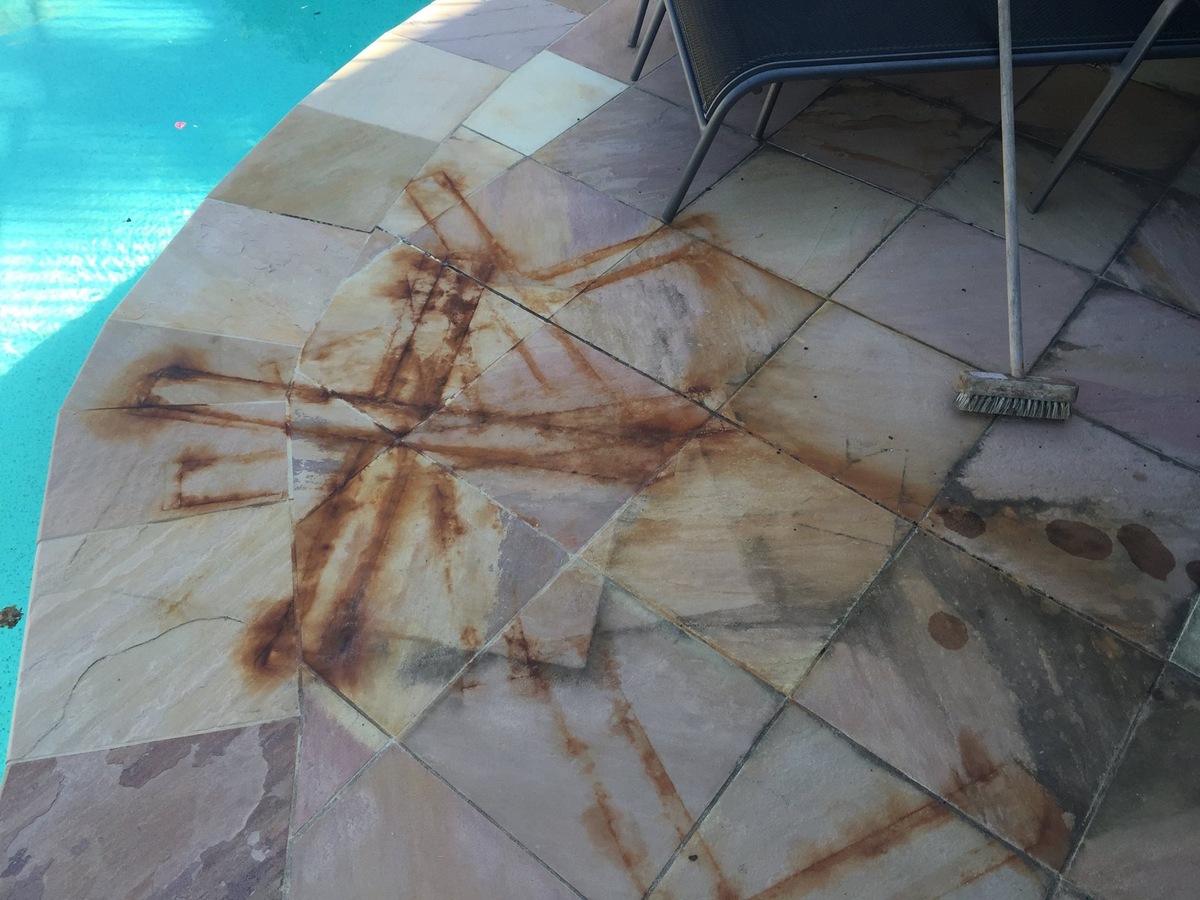
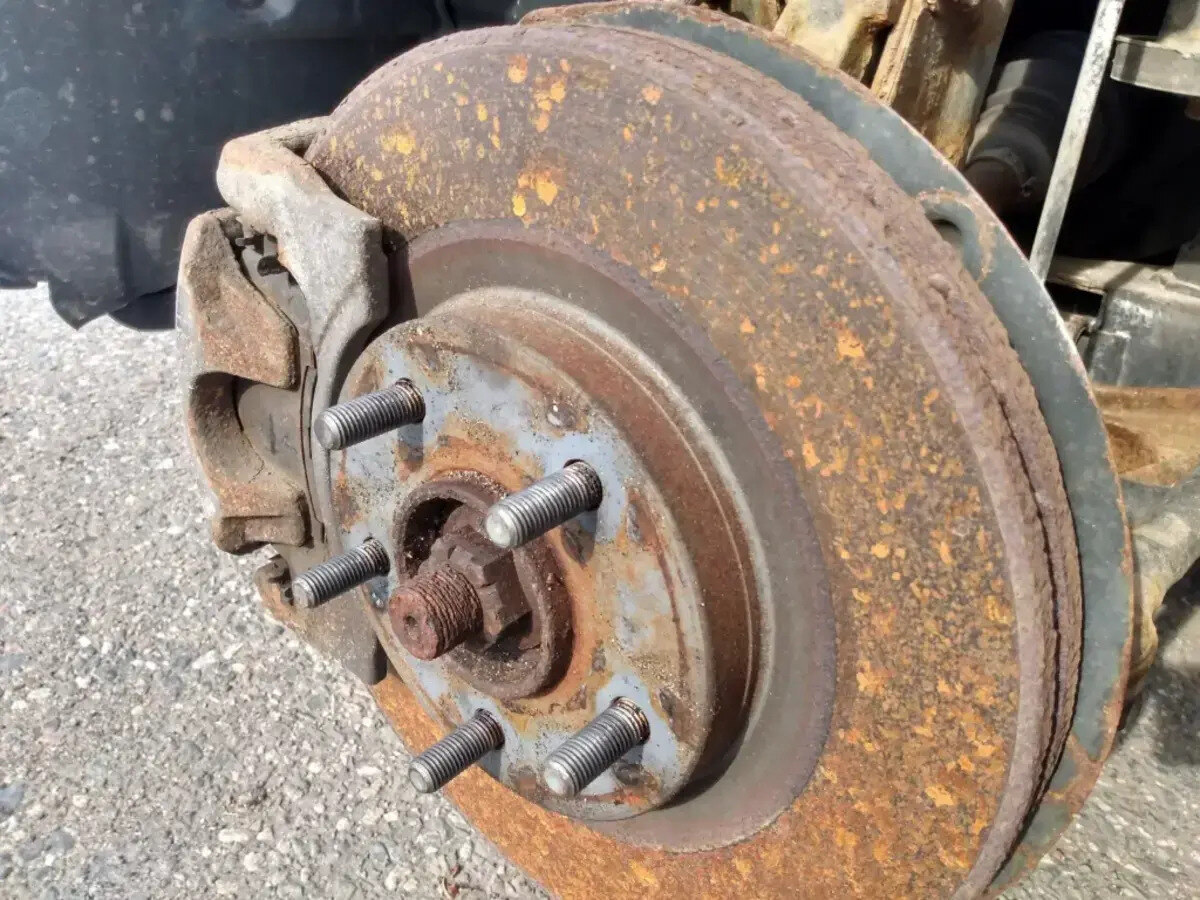
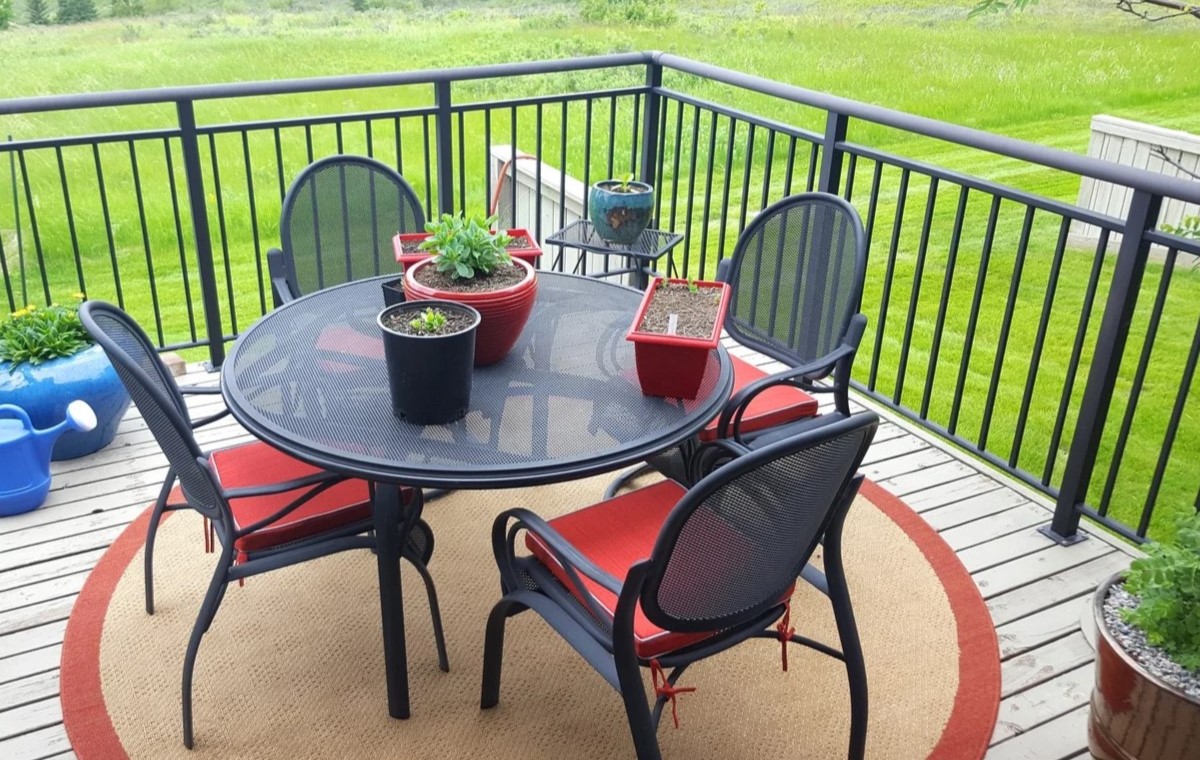
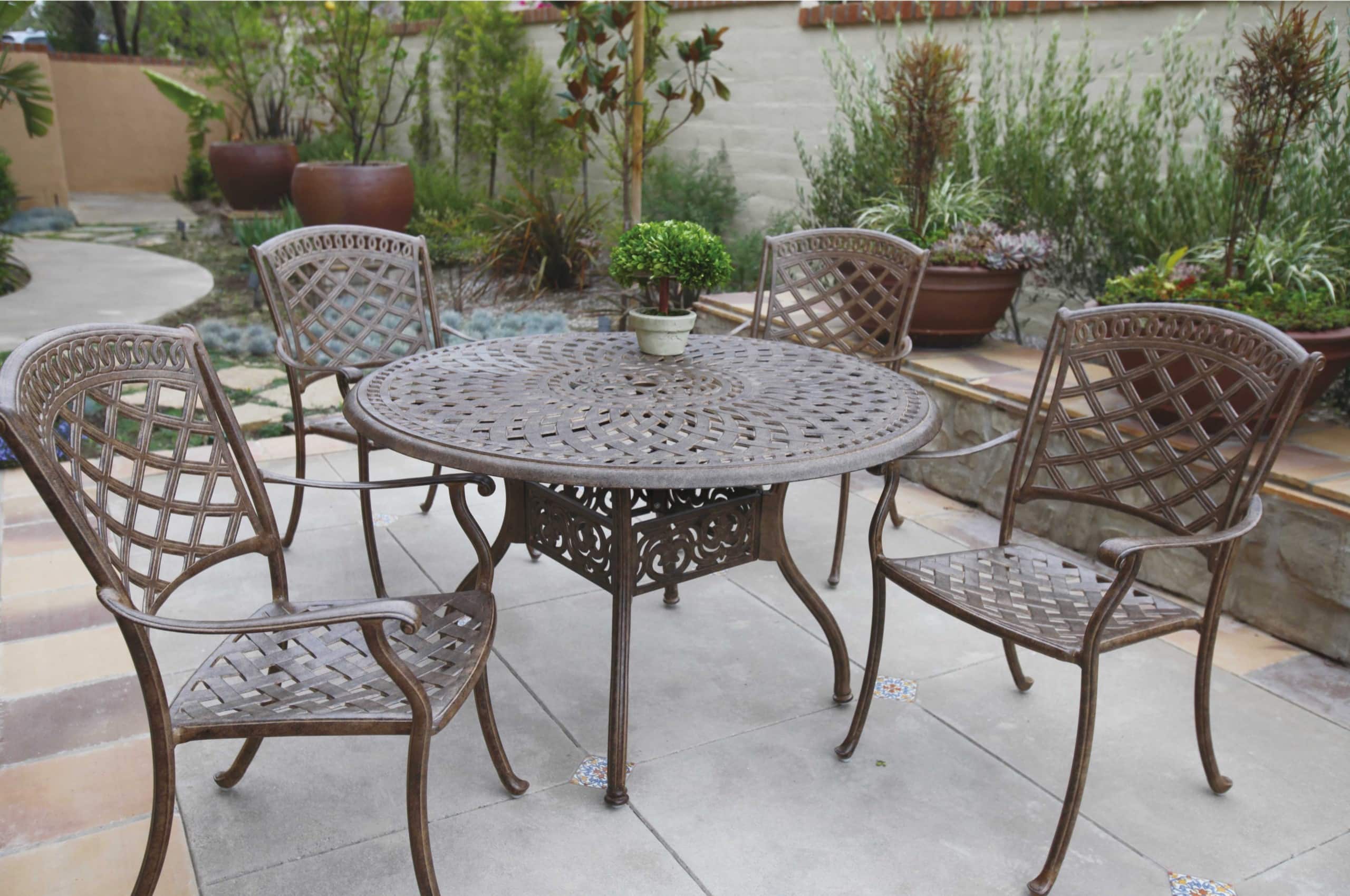
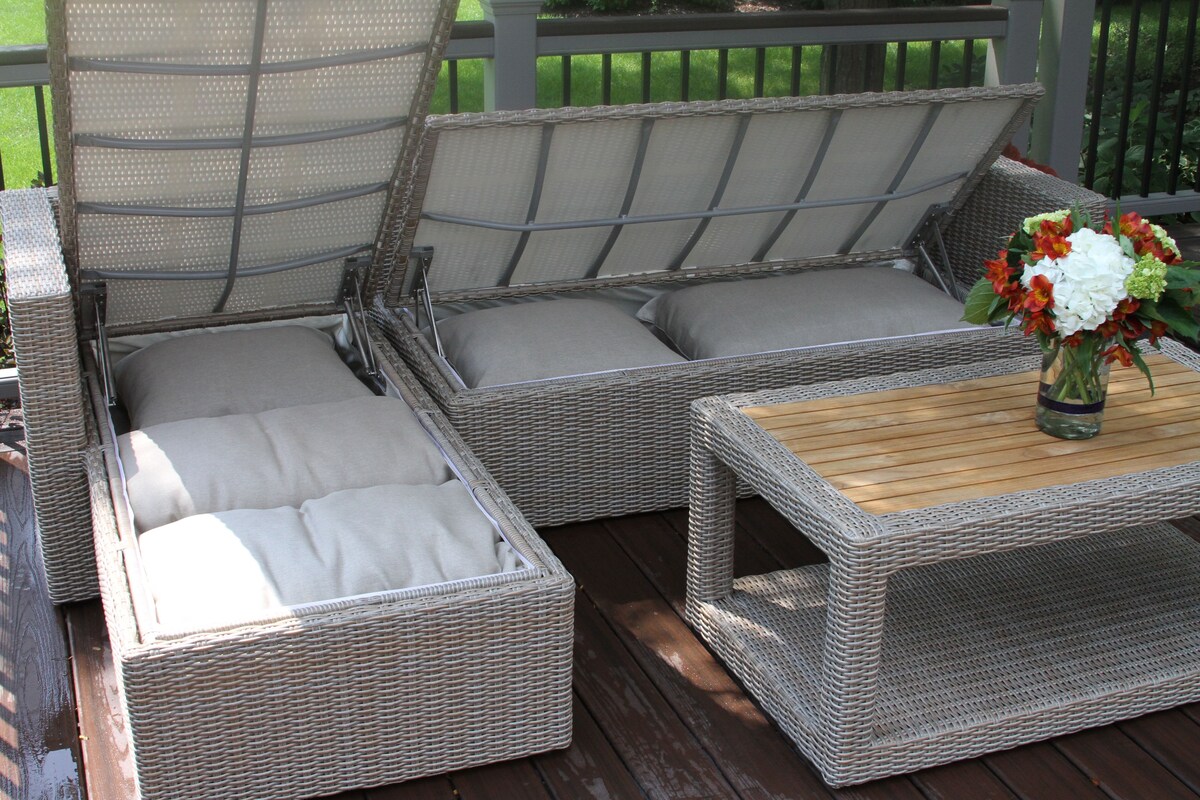
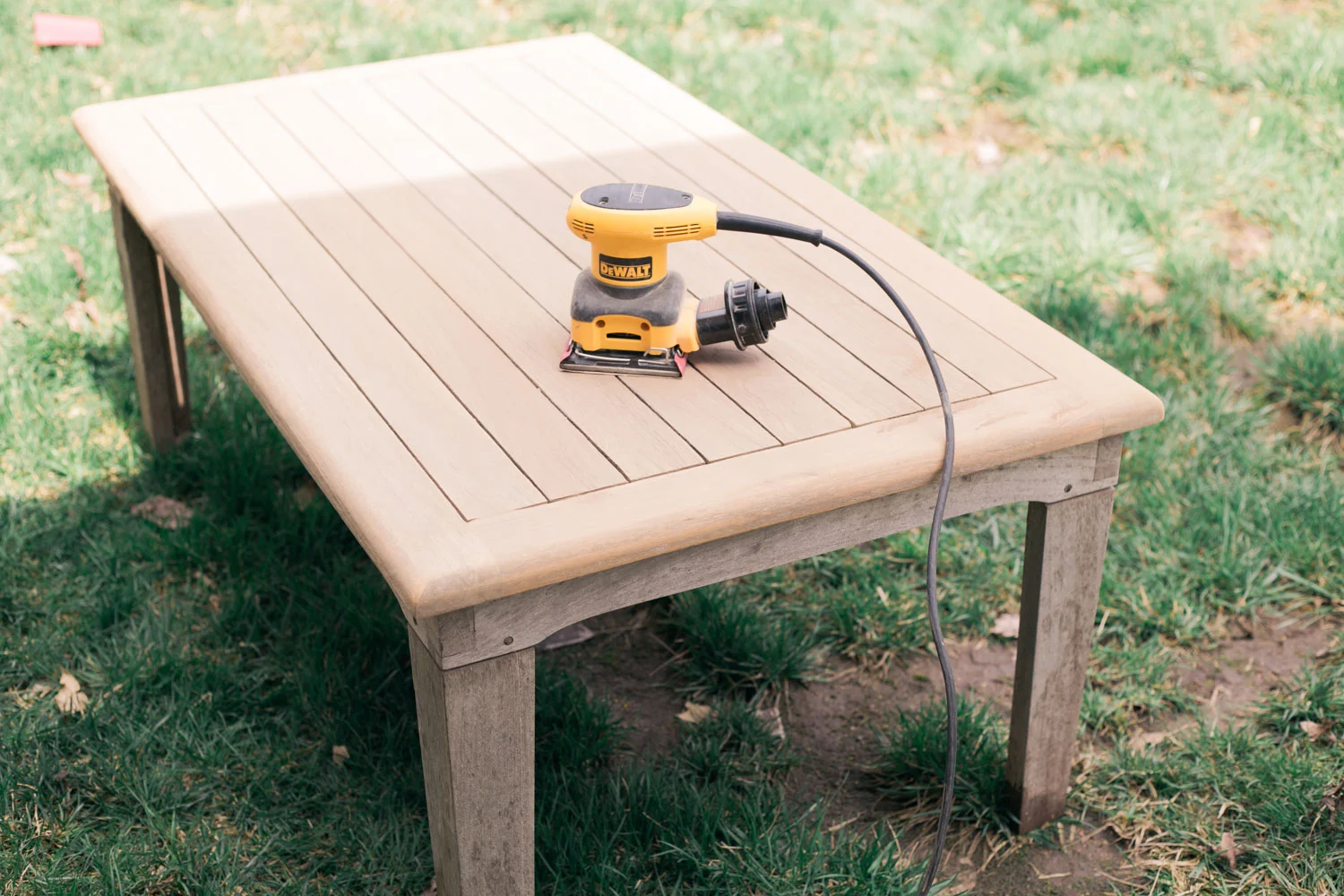
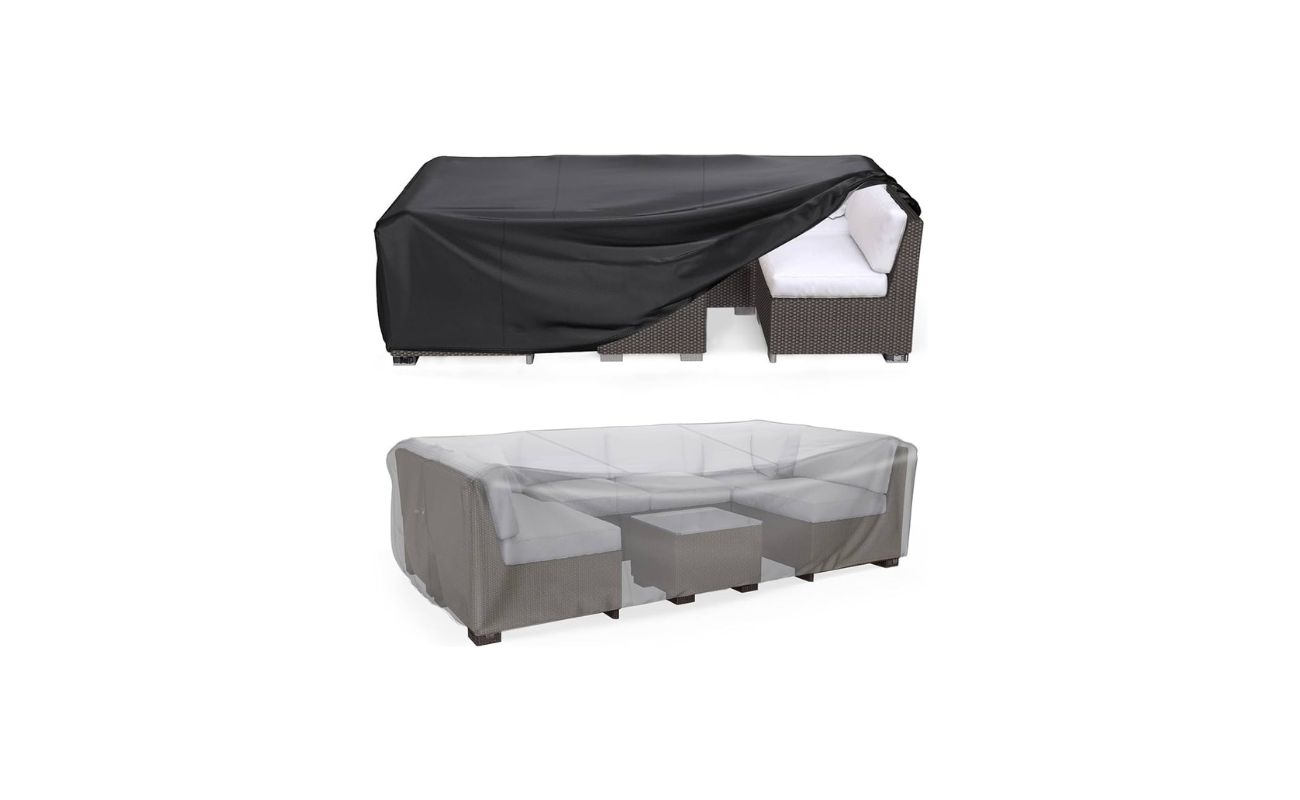
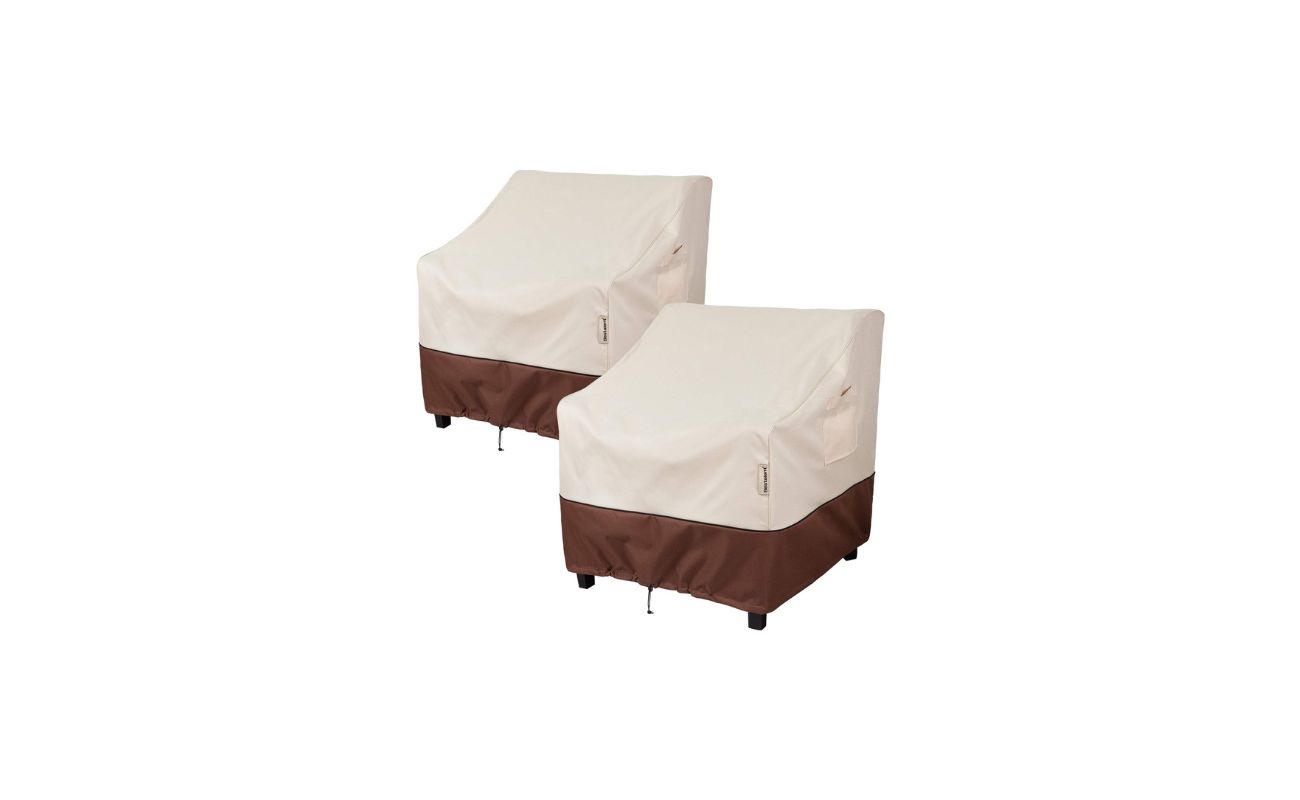
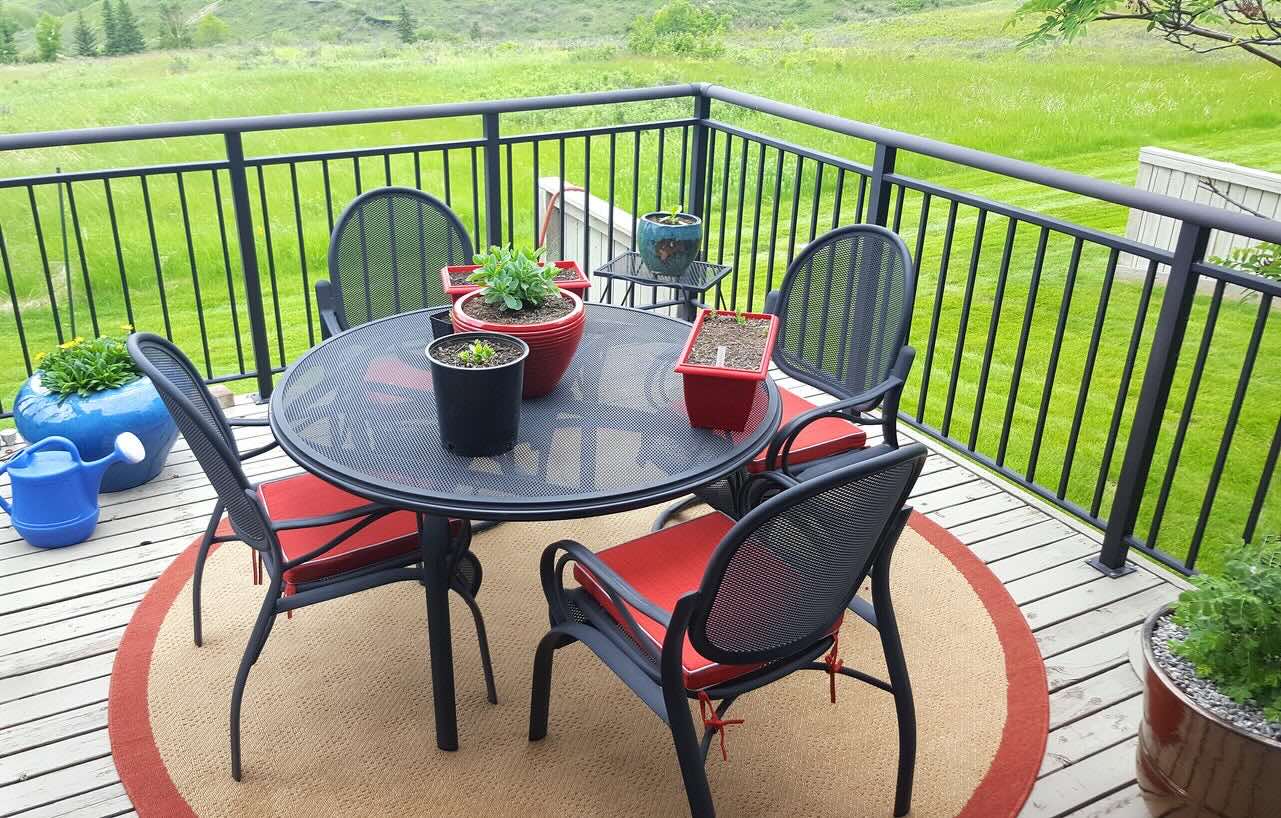
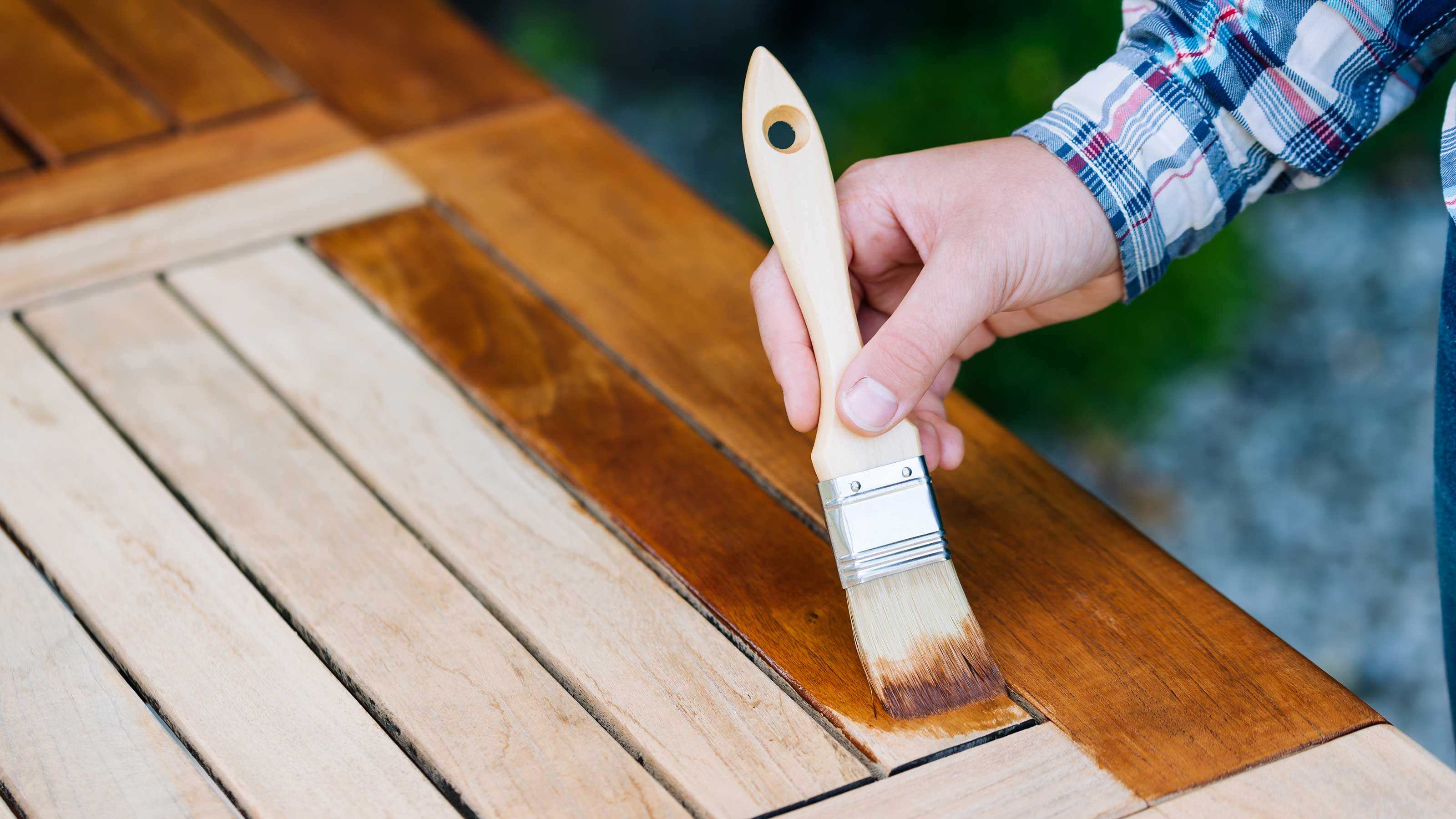
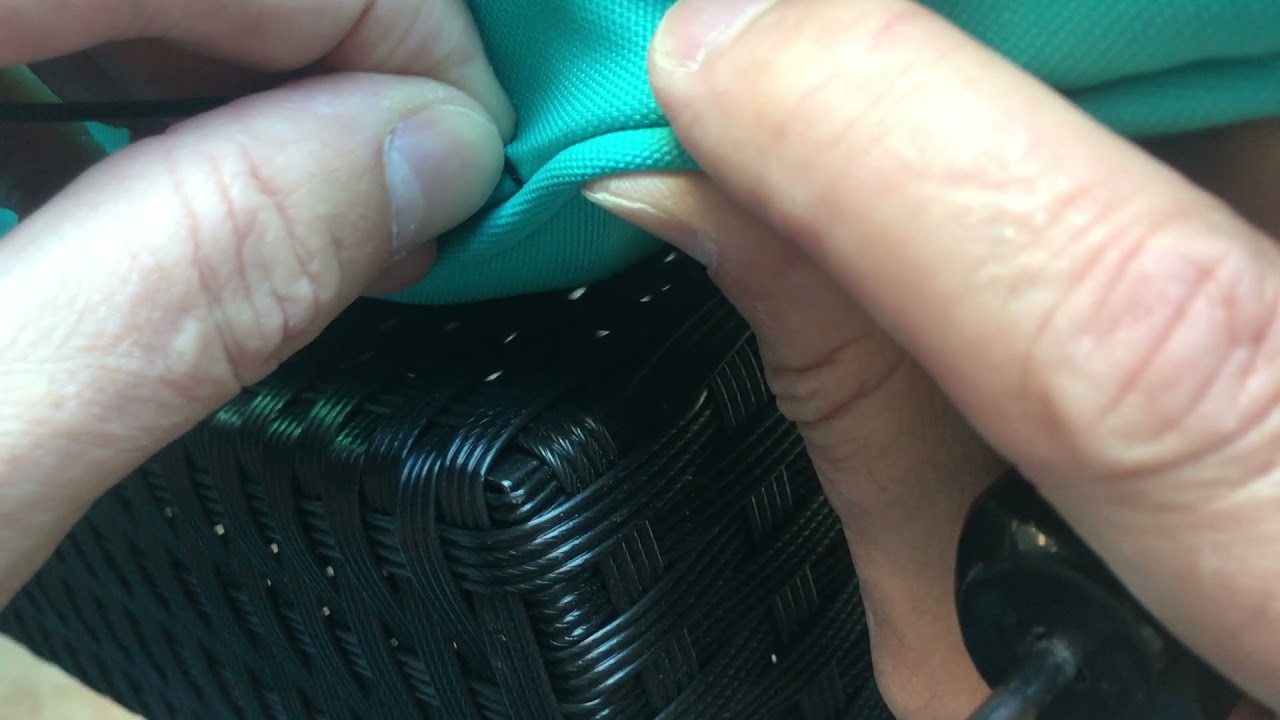

0 thoughts on “How To Repair Rusted Patio Furniture”